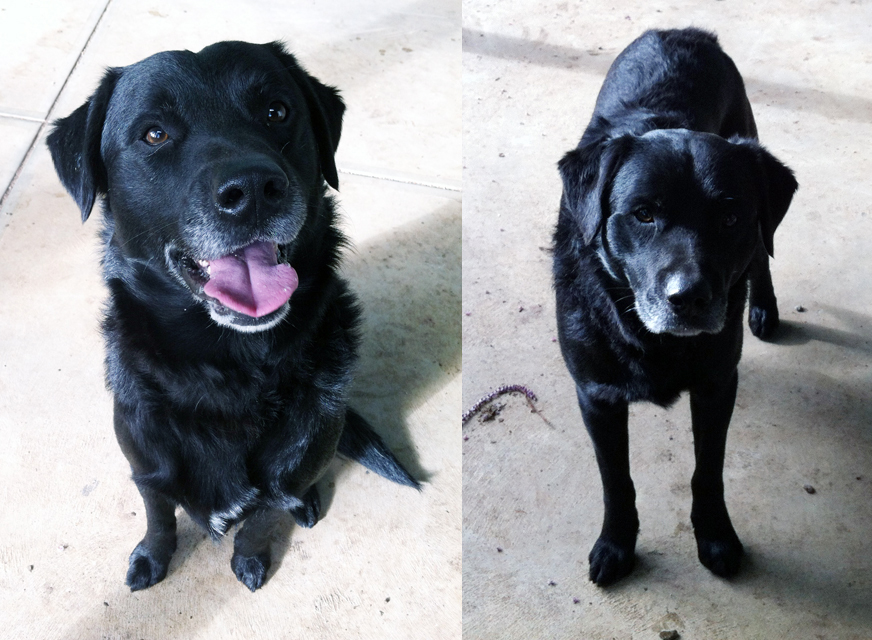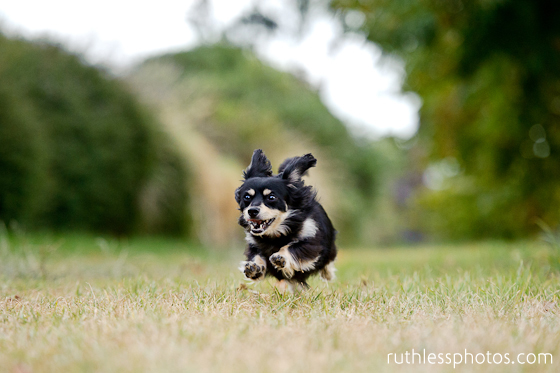“The Boys”
We welcomed these boys as fosters into our home last week. They were surrendered to us as the family didn’t feel they had the time for the dogs, and the dogs were also too boisterous for their young children. They’re a bit of a handful together! But individually, they’re pretty nice dogs. They can get a little overwhelmed in some situations, but they’re quite consolable and are never worried enough to refuse treats. We are working on their jumping up and their lead manners. Considering they were practically raised by a backyard, they have relatively few issues and will make charming pets for the right home.
First of all, there is Mack:
Mack was a bit of a snob for the first couple of days, but when I took him for a walk without his brother, he totally changed! He started looking to me for reassurance and guidance, and then never stopped when we got home. Now we’re pretty good friends, and I am sure his new family won’t have to do much to win him over, either. For more details about Mack, view his PetRescue profile.
And then there’s Jet:
Jet has a sooky soft temperament, and is much more likely to win you over quickly than his brother. Jet is one of those floppy submissive dogs that lay on their back for belly rubs and generally just is soft natured! I think this boy will find a home easily with whoever meets him first – he’s quite endearing. Read more about Jet on his PetRescue profile.
Both Mack and Jet are available in South Australia to an appropriate home. They were surrendered as half Kelpie, half Labrador x Border Collie. They are 20 months old and will be available from Wednesday 20th June as vaccinated, desexed, and microchipped.






